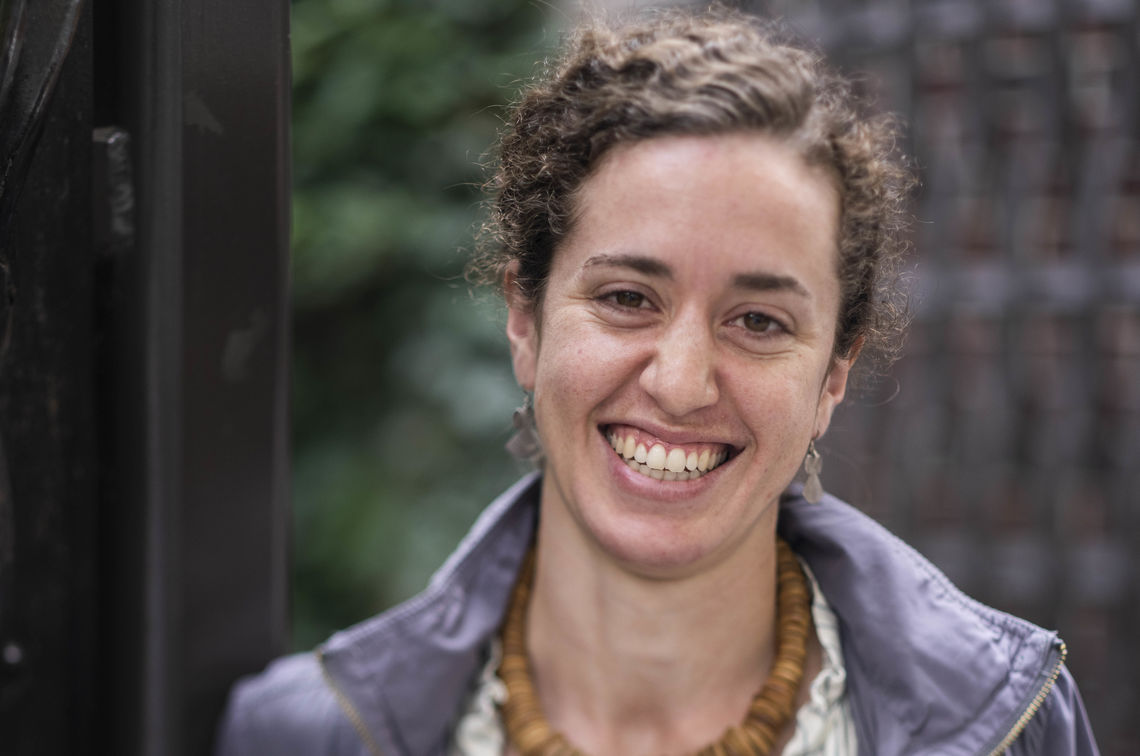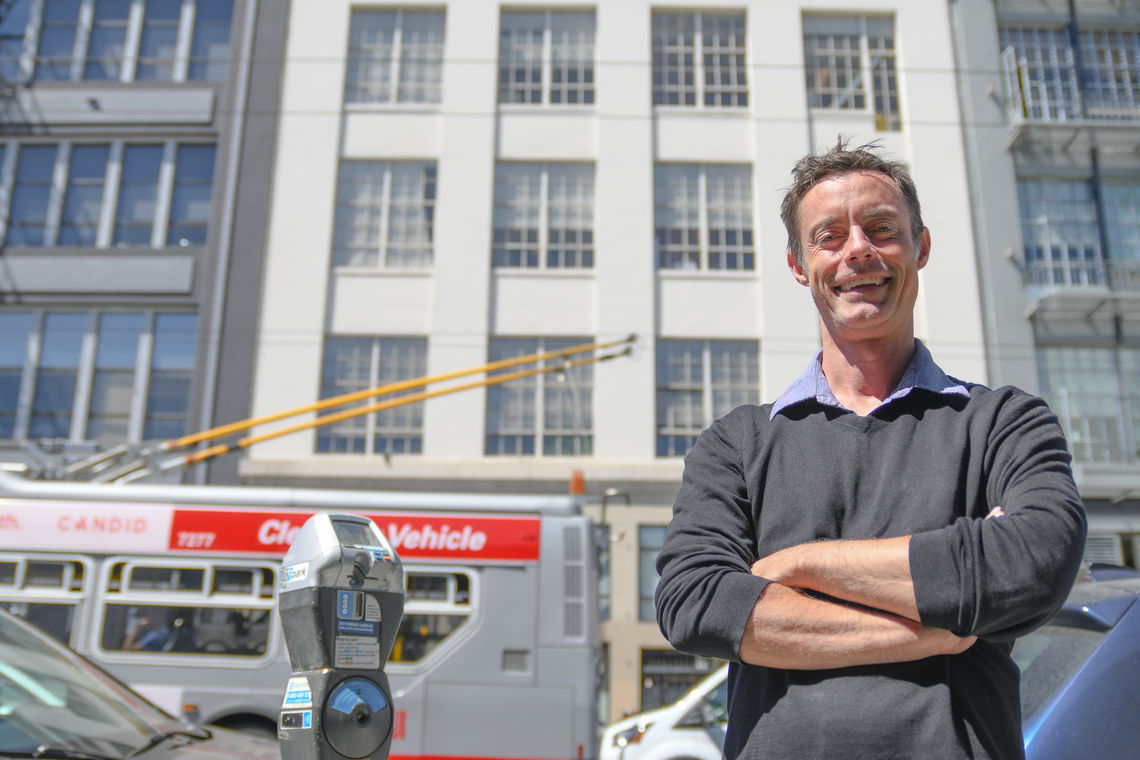Zoe (Philadelphia) and Peter (San Francisco) from our planning team share their problem-solving techniques, favorite projects, and what they think about investing in a robot housekeeper.

Zoe Taft Mueller

Peter Winch
What is your creative process?
Peter: Professionally, my process is about problem-solving. This starts with understanding what the issues are through observation, research, and analysis. Then we get to testing and refining an approach, to then crafting a story that makes that approach clear. This is a deliberative process. A clean workspace, notes, and cartoon diagrams, the idea of achieving multiple benefits, and a hierarchy of ideas all play a role.
And in my personal life, I approach my “creative process” at a starting point of instinct, joy, play, and core truths.
Zoe: I tend to start with questions, getting curious about what has shaped a place and its community. This manifests in two ways for me—the first is qualitative research that is grounded in reading, observation, and discussion with stakeholders to look for clues expressed in some aspect of their identity, heritage, or aspirations. The second is in mapping and data exploration, which requires asking questions of the data, visualizing it in different ways, and testing any hypotheses that may emerge. The critical part is funneling all this juicy research towards initial diagrams, narratives, and hypotheses that can form the skeleton of the remaining process, guide the discussions, and eventually the strategies that will bring out the best of a site and its community of users.
How much does your life influence your work and vice versa?
P: My experiences in life are constantly informing my work. This is a feature of our professions: the challenges and opportunities and precedents are all around us. Studying and doing this work has also been intertwined with my life choices—to live in cities, to get around on foot.
Z: They are inseparable. Urban planning and design are so intertwined with how we live our lives, witnessing how others live theirs and finding ways to make a single space serve multiple functions in a way that brings people together rather than pushing them apart. I reflect a lot about what aspects the City of Philadelphia and my neighborhood in West Philly support me in the way I want to live my life or inspire me to connect with others and what aspects inhibit me, cause me stress, or make me frustrated... and I think about how our work can respond to that, where it might fit in.
What has been your favorite project, and why?
P: I loved the final studio in grad school focused on downtown Detroit. I loved the opportunity to imagine making big, impactful changes and to get down to imagining how to work out the small spaces. At WRT, my favorite has been the Parks & Rec Master Plan for Tracy, CA—still very much in process but benefiting from some lessons and bumps on other work.
Z: I would have to say it’s been a tie between the Virginia State Capitol Master Plan and the Austin Parks Long Range Plan. They were such different projects, and so brought me different kinds of pleasures and satisfactions. The Austin Parks project was very much about vision and strategy—distilling a lot of community input and data analysis into a narrative and prioritization framework that people could get behind. For the Virginia State Capitol Project, I really appreciated the opportunity to work with the public sector on how to be a more vibrant part of Richmond’s downtown in a way that directly benefitted their employees.
What are three career lessons you’ve learned thus far?
P: Be good to people and learn from them. Be adaptable to change.
Z: When you’re not hitting the mark, slow down and listen harder. Design with the feedback process in mind – structure your files so that it is easy to make changes in a fluid way. The day is not infinite, and neither is your creative energy – you’ll do better work if you respect your limits and the limits of others.
What books would you recommend that fellow planners may find useful?
P: Ladders by Albert Pope is a really interesting take on the urban grid and its dissolution.
I love the detail and humanism in A Pattern Language by Christopher Alexander.
Root Shock by Mindy Thompson Fullilove is an important perspective on the impact of urban renewal and ongoing displacement in the “archipelago” of African American communities in the US.
Z: The first one that comes to mind is an old one, but I think it has aged well. Nature’s Metropolis: Chicago and the Great West by William Cronon gives a sweeping account of how American city-making was structured by financial relationships and how our notions of nature and its role in the city flowed from those early financial and political motives.
All That Is Solid Melts Into Air: The Experience of Modernity by Marshall Berman has deeply shaped my understanding of the generative potential and the pitfalls of striving for a new, modern future.
The Origins of the Urban Crisis: Race and Inequality in Postwar Detroit by Thomas Sugrue gave me a rich appreciation for how power and politics are inscribed in the urban landscape.
Bonus Question:
Which one would you want most – flying cars, robot housekeepers, or moon cities?
P: Robot housekeepers!
Z: Perhaps robot housekeepers so we could all spend more time doing things that we love.